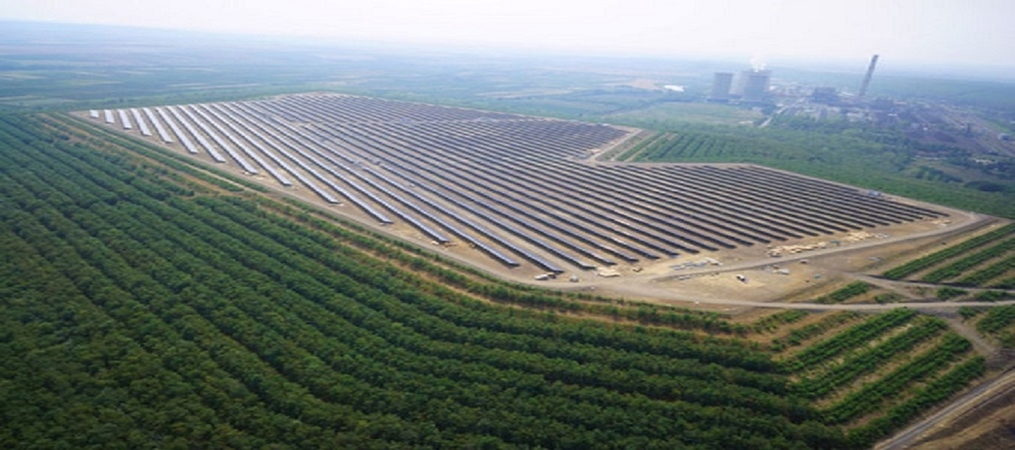
Solar panels on ash dumps – Hungarian Matra power plant ready to phase out coal use
The Matra thermal power plant in northern Hungary is one example of a coal-fired power plant preparing for the inevitable cessation of this energy source, and the transition to an industrial cluster in which renewable energy sources (RES) play an increasingly important role.
Primarily, the Matra Thermal Power Plant started using biomass, installed 60MW solar power plants on ash dumps and developed an industrial park. And it continues to analyse new business opportunities and in which direction it can further develop and progress.
What could be the problem?
Although Hungary has not officially determined when it will finally stop using coal (according to some information, by 2030 at the latest), Hungarian thermal power plants and areas where coal is exploited must begin to adapt to new circumstances in the energy sector.
Matra, with a capacity of almost 1,000 MW, provides about 17% of Hungary’s total electricity production, but is also responsible for about 17% of the country’s CO2 emissions. Coal was obtained from mines, which are the largest lignite deposit in Hungary.
Concept – Keep jobs and produce electricity. Energy
The goal is not only to keep electricity production, but to keep jobs in the region, according to a study prepared by the EU Platform for Coal Regions in Transition initiative.
The concept involves developing an industrial park to create a cluster with established companies in a region that is rural and poor. It is also a model that provides cost-effective transformation of depleted coal mines using energy forests and solar photovoltaic panels.
Matra decided to use the depleted coal mines for energy production, using them primarily for biomass production and the installation of solar power plants. This also brings benefits to power plant and mine owners, as it is estimated that the costs of converting such sites into energy forests and solar parks are much lower than when it comes to other purposes, such as agriculture or tourism.
The results
As for energy forests, Matra has launched a pilot project on 20 hectares and plans to continue it. In addition, during 2015, a 16 MW photovoltaic power plant (the largest in Hungary at the time) was set up as a reclamation measure at ash dumps within depleted coal deposits. The power of the solar power plant has been increased by setting up a 20 MW plant on another depleted field, which is 60 kilometres away. Another 20 MW panels are under construction.
When it comes to job creation, it can be said that the cluster strategy in the industrial park and the regional use of biomass have had and will have a positive impact, providing long-term employment opportunities in the region. Specifically, as far as the solar power plant is concerned, the company estimated before the installation of the 15-30 MW plant that the project could create 135-270 new jobs.
The total power of solar power plants reaches 60 MW and represents 16% of the total installed capacity of solar capacities in Hungary, while the production of biofuels further reduces the dependence on energy imports.
automatica.rs